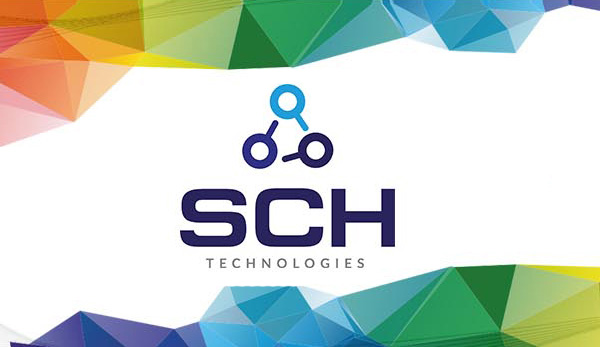An extremely high quality of conformal coating coverage can be completed with an aerosol or dedicated spray booth with spray gun when using atomised spraying.
The quality of the surface finish can be superior to all other methods when a trained skilled operator completes the process, as long as the circuit board is clean and the coating has no adhesion issues and the process is suitable for low and medium volume of production.

One of the key attributes of atomised spraying is giving excellent tip coverage to components.
When conformal coatings are applied to a PCB they have a tendency to slump. This can be seen in the figure below.

The first layer of coating in the picture shows a thin edge on the corner of the component. This can be countered with a second coat through double dipping or over brushing but this is a repeat process and may not be acceptable.
To counter this problem the technique of atomised spraying can be used.
Atomised spraying is the application of conformal coating using an aerosol or a batch spray gun when applied at a distance from the PCB where the coating fully atomises.
The key to success for atomised spraying is the distance from the circuit board to the spray gun.
Selective robotic coating does not atomised the coating when applied at 10-13mm off the printed circuit board and therefore the coating will slump on the edges of the components. This is not atomised spraying.
Atomised spraying builds up the layers of coating allowing the material to stick where it is applied. This prevents slumping and builds successive layers on the sharp edges.
In fact, although conformal coating is not classed as a waterproofing material but is in fact a moisture barrier, the application of several layers of atomised coating can effectively “waterproof” the circuit board and give an impressive and effective barrier to water on the board.
Note, although it should be considered that even though the tip coverage is improved with this process, the coating application may be limited due to 3D effects.
Further, there is a benefit that the masking requirements when spraying the coating are more “shield” than “barrier” compared to dipping since the penetration is less effective. However, the lack of penetration can be an issue where coating is desired to penetrate under devices.
Please also note, the optimum application technique for a particular PCB depends on several criteria such as material selection, volume of PCBs to be coated, budget, throughput speed, type of coverage required and ease of masking. Unfortunately, it can be a combination of factors that affect choice rather than individual factors and it is important to look at all the information collectively.
The application of a liquid conformal coating material can be applied by various methods including brushing, spraying and dipping, selectively robotic spray and selective dip coating and the choice is critical.
Click Conformal Coating Application Process FAQs to find out more or contact SCH to help in determining the optimum conformal coating application method for your process.
